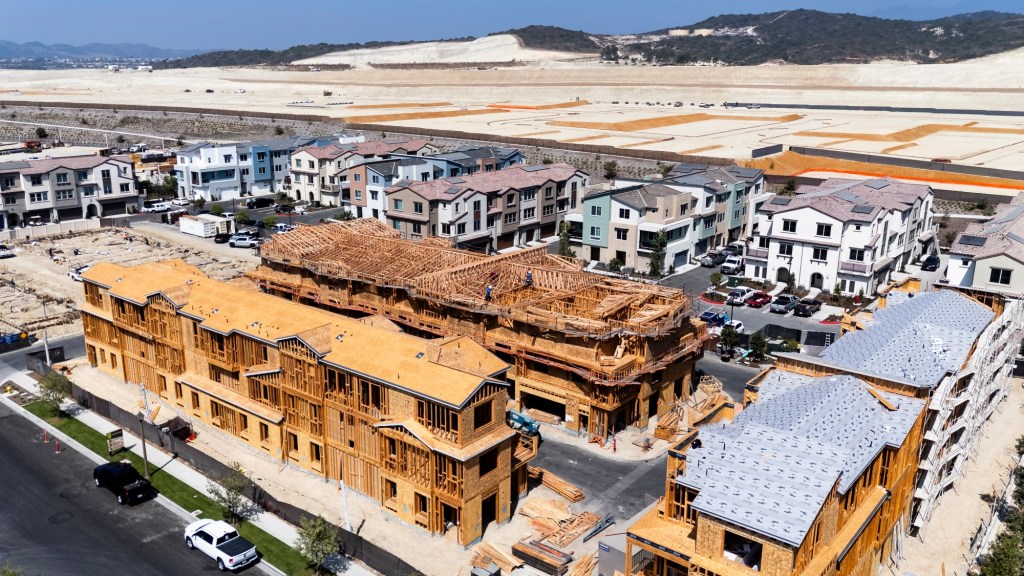
In the mid-1800s, slum housing in cities like New York had no air, no light, no water, no electricity, no gas, and no toilets. Thousands of cramped tenement apartments had no outside windows for light and air — only a doorway leading to a common, unlit interior hallway and stairwell. Water was from a well in a courtyard, perilously close to the pit for the buckets of waste from the apartments. The tenants froze in winter and sweltered in summer. Disease spread through overcrowded buildings as plagues of cholera, typhoid and yellow fever wiped out thousands.
In time, the city piped in water from upstate aqueducts and forced the dwellings to connect to fresh water and a centralized sewer system. In time, the slums, while never ideal, were not the hellholes of the 19th century.
Today, we face a new housing crisis: While most housing meets at least minimal standards of health and safety, homes and apartments are increasingly unaffordable. Instead of packing people into tenements, we push them onto the streets, sheltered only by thin nylon tents, makeshift lean-tos, and — for the lucky — automobiles and trailers parked wherever their owners can find a space. We have substituted one Hell for another.
For too many, decent housing is too scarce, distant, and unaffordable because an array of misguided government policies has made it too difficult to build new homes and apartments. Whether it be zoning regulations that exclude working people from our neighborhoods, endless government red tape that would make Kafka proud, punishing economic disincentives piled upon builders, or ceaseless rounds of NIMBY-inspired environmental litigation, builders are no longer nearly as willing and able to build new homes near jobs and near where people want to live.
A 2022 government census of the homeless population found that 582,462 Americans lack reliable access to shelter. That’s roughly equivalent to every man, woman, and child in a mid-sized city like Albuquerque, New Mexico. In California alone, once the golden state of hopes and dreams, there are 111,206 individuals homeless, over 30 percent more than 15 years earlier in 2007. We have seen the misery of the Third World, and it is here.
How did we get here? If we understand how we have arrived at this state of woe, we can figure out how to get out of the mess we have created. At least, that is the hope behind my book, Nowhere to Live – The Hidden Story of America’s Housing Crisis. As will be outlined in a series of 8 opinions highlighting the critical points of this book, it has taken over a century of bad policies to reach the crisis point we are at today. My sincere hope is that it takes less time to fix these policies.
The book explores how zoning laws were rooted in overt racism and how that history lingers into the present day by making housing more out of reach for working-class and minority populations. The book takes on the abuse of eminent domain. It shows how many highway and redevelopment projects are built upon the bones of “redeveloped” working-class neighborhoods that no longer house the working class. NIMBYism and its handmaiden, environmentalism, are to blame for endless cycles of litigation that prevent people from building new homes and apartments.
As historical records show, government solutions often cause more pain than they cure. Front and center is rent control, which does nothing to lower the overall cost of housing but does everything to prevent new housing from being built in the first place. Lastly, the book explores how, through a combination of cynicism and unfunded altruism, we have taken the way we treat the mentally ill from unsatisfactory to disastrous.
Unwinding these ill-conceived government policies will take work. If there is a common element to the causes of our crisis, it is a failure to respect the rights of property owners. But if we recognize how they have caused the mess we are in today, perhaps we can crawl out of it by respecting property rights and allowing people to build homes and apartments where people need to live.
James Burling is vice president of legal affairs at Pacific Legal Foundation, a nonprofit legal organization that defends Americans’ individual liberty and constitutional rights.



